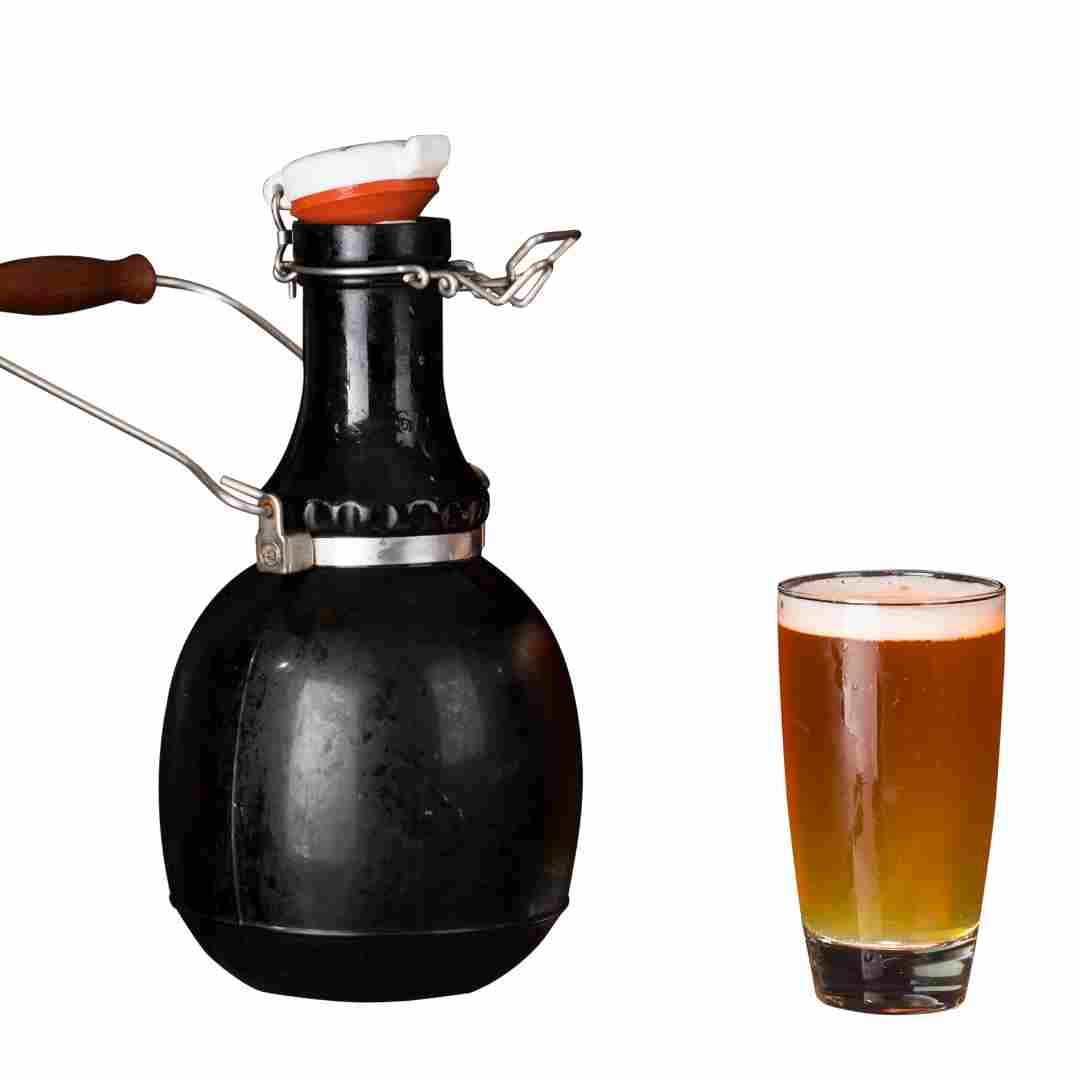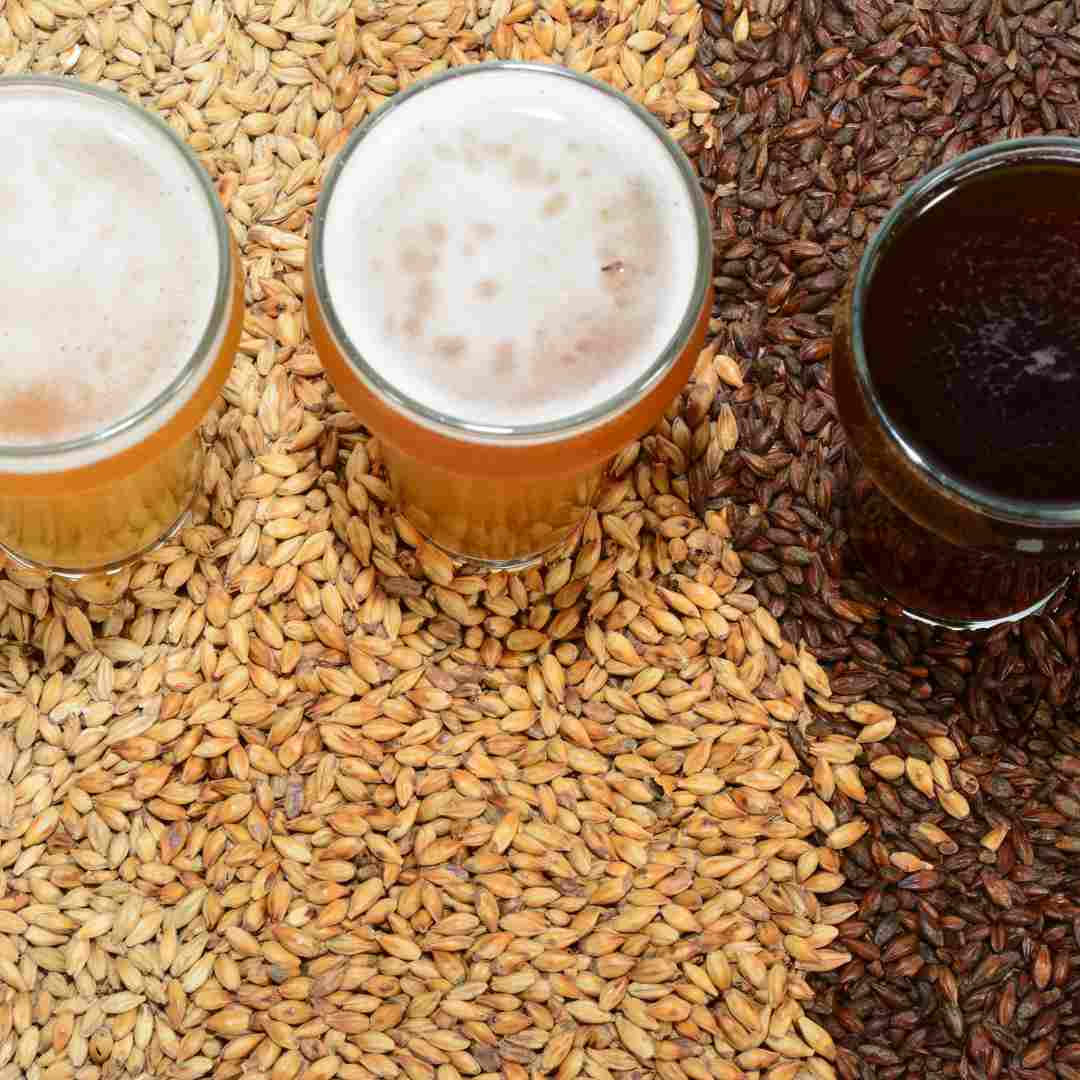Beginning Homebrewing Beer
Start with gear. The good news is that expensive gadgets and gizmos aren't necessary. A fermentation vessel, siphon, hydrometer, and bottles comprise a homebrewing kit. Malt extract, hops, and yeast are required. Homebrewing supply stores and online retailers sell these.
After gathering your supplies, begin. Sanitize first. This keeps beer bacteria-free. Sanitizing solutions or bleach and water can clean equipment.
Boil malt extract and hops. The magic happens when malt extract sugars are transformed into alcohol. Since boiling time affects beer flavor and alcohol concentration, follow a recipe.
After boiling, chill and transfer your wort (malt extract and hops) to your fermenting vessel. Adding yeast here ferments the wort's sugars into alcohol. To let the yeast work, keep your fermenting vessel at a steady temperature for a few weeks.
Bottle beer after fermentation. As the yeast consumes priming sugar, the bottles will carbonate. To develop carbonation, your beer must sit for several weeks after bottling.
That's it! Home-brewed beer. There are several ways to make beer. This fundamental process is an excellent start.
Homebrewing is fun and rewarding. You may make your own beers and learn about brewing. You might even uncover a new favorite beer you can't buy.
Naturally, there are risks. Sanitizing equipment is crucial since contamination might destroy a beer batch. Some batches will produce a less-than-desired brew. That's part of learning.
There are several resources for homebrewers. Online groups and homebrewing supply retailers offer classes and workshops.
In conclusion, homebrewing beer is a pleasant and fulfilling activity. You may make your own brews and learn about brewing with minimal equipment and materials. Why not try? You might find your new favorite beer.
10 Essential Beermaking Tools and Ingredients
1. Brew Kettle
Homebrewing requires a brewing kettle. Boil your wort (the liquid that will become beer) and add hops and other ingredients here. A 5-gallon stainless steel brewing kettle is ideal.
2. Fermenter
A fermenter is needed to ferment the beer after boiling the wort and adding hops and other ingredients. A 5-gallon fermenter might be a plastic bucket or glass carboy.
3. Airlock
Airlocks prevent oxygen and other pollutants from entering the fermenter while letting carbon dioxide out. It ensures optimum beer fermentation and contamination.
4. Hydrometer
Hydrometers measure wort and beer-specific gravity. For beer fermentation and alcohol content, this is crucial.
5. Thermometer
Your wort and beer need a thermometer. To ferment beer properly, keep the brewing temperature constant.
6. Auto-Siphon
Auto-siphons move beer from the fermenter to the bottling bucket or keg. It simplifies and reduces contamination.
7. Bottlebucket
A bottling bucket is needed to bottle beer after fermentation. A 5-gallon bottling bucket should have a spigot.
8. Bottles/Caps
After bottling, beer needs bottles and caps. Beer bottles must endure carbonation pressure.
9. Preparing Sugar
Priming sugar carbonates beer after bottling. Use the right amount of priming sugar to carbonate your beer.
10. Hops and Malt
Finally, malt extract and hops give beer its flavor and aroma. Malt extract offers fermentation sugars. Hops taste and bitter brew.
In conclusion, homebrewing beer is a satisfying activity that takes only a few basic instruments and ingredients. With the correct equipment and a little effort, you can make your own unique beers and impress your friends and family. Why not experiment and make a beer?
Flavoring Homemade Beers
In recent years, homebrewing has become popular as people experiment with flavors and make unique brews. Is homebrewing beer possible? Yes, and easier than you think.
Homebrewing requires a few essentials. A large saucepan, fermentation vessel, siphon, and bottles or kegs for storing the completed product are needed. Malt extract, hops, yeast, and water are required.
Heat your pot of water and add malt extract to start homebrewing beer. This makes wort, your beer's basis. Hops give beer its bitter taste. Hops can be introduced at different periods throughout brewing to adjust bitterness and aroma.
After boiling and adding hops, cool and transfer the wort to the fermenting vessel. Yeast enters here. The beer's fizziness comes from yeast fermenting wort carbohydrates into alcohol and carbon dioxide.
Bottle or keg the beer after a few days of fermentation. Try new flavors here. Beer can be flavored and scented with fruit, spices, or other substances. Citrus, cinnamon, and vanilla are popular additives.
Homebrewing beer lets you control the ingredients and method. This lets you make brews to your liking. You can also try other yeasts or oak barrel aging.
Homebrewing beer can be a rewarding hobby. It teaches brewing science and connects beer lovers. You can enter homebrewing competitions and share your creations with friends and family.
Homebrewing beer has dangers. Incorrect brewing can contaminate and ruin a beer. Hot liquids and equipment require safety precautions.
In conclusion, homebrewing is a fun and fulfilling activity that lets you experiment with flavors and create unique beers. Homebrewing is possible with the correct gear and supplies. Safety precautions and risk awareness are crucial. Why not experiment and make some unusual beers?

Q&A
1. Is homebrewing possible?
You may brew beer at home with a kit or by buying the supplies.
2. What equipment is needed for homebrewing beer?
A brewing kettle, fermentation vessel, airlock, thermometer, hydrometer, and bottles or kegs for beer storage are needed.
3. Is homebrewing legal?
Homebrewing beer is permitted in most nations. Before brewing, verify local rules and restrictions.
